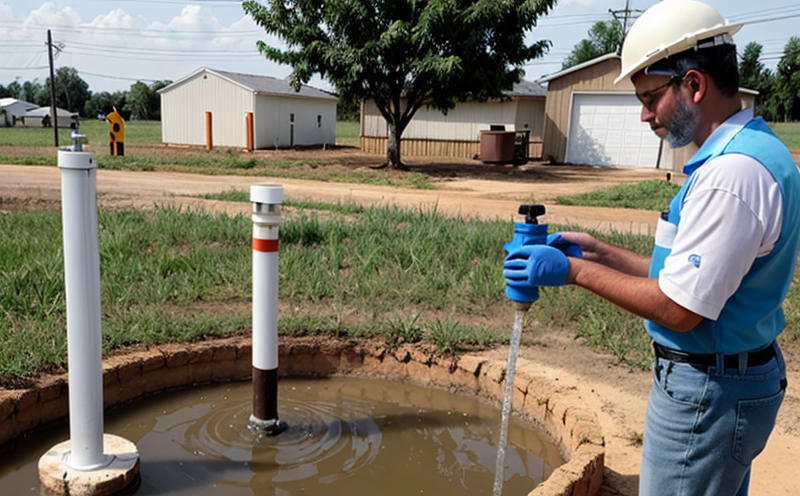ISO 8288 Determination of Copper, Zinc, Lead, Cobalt
The ISO 8288 standard is widely recognized in environmental and water quality testing. This method specifically aims to determine the concentrations of copper, zinc, lead, and cobalt in various groundwaters. The protocol is essential for ensuring compliance with international standards such as those set by ISO, EN, and ASTM.
Groundwater plays a crucial role in both public health and industrial operations. Contamination from heavy metals like copper, zinc, lead, and cobalt can have severe impacts on human health and the environment. The ISO 8288 method ensures that these contaminants are accurately measured to prevent contamination of drinking water supplies or industrial processes.
The test involves several steps: collection of groundwater samples, preparation using appropriate preservatives and filtration methods, digestion of the sample in a suitable acid medium, and finally, analysis by atomic absorption spectrophotometry (AAS). This technique provides precise results that are critical for regulatory compliance and environmental monitoring.
Our laboratory adheres strictly to ISO 8288 procedures. We use state-of-the-art equipment such as high-performance flame atomizers and graphite furnace devices for accurate measurements. Our experienced technicians ensure that each step of the process is conducted with precision, from sample collection to final analysis.
The application of this standard extends beyond mere compliance; it also supports informed decision-making in various sectors including public health, environmental protection, and industrial safety. By providing reliable data on metal concentrations, we assist clients in maintaining safe water supplies and preventing potential hazards associated with heavy metal contamination.
| Applied Standards |
|---|
|
The use of internationally recognized standards like these ensures consistency and accuracy in our testing procedures. This approach not only meets but exceeds the expectations set by regulatory bodies, making our results trustworthy and credible.
Our commitment to quality does not end with compliance; we also invest heavily in research and development to stay at the forefront of analytical techniques. Regular calibration of instruments and continuous training for staff ensure that we remain capable of delivering accurate and reliable results.





